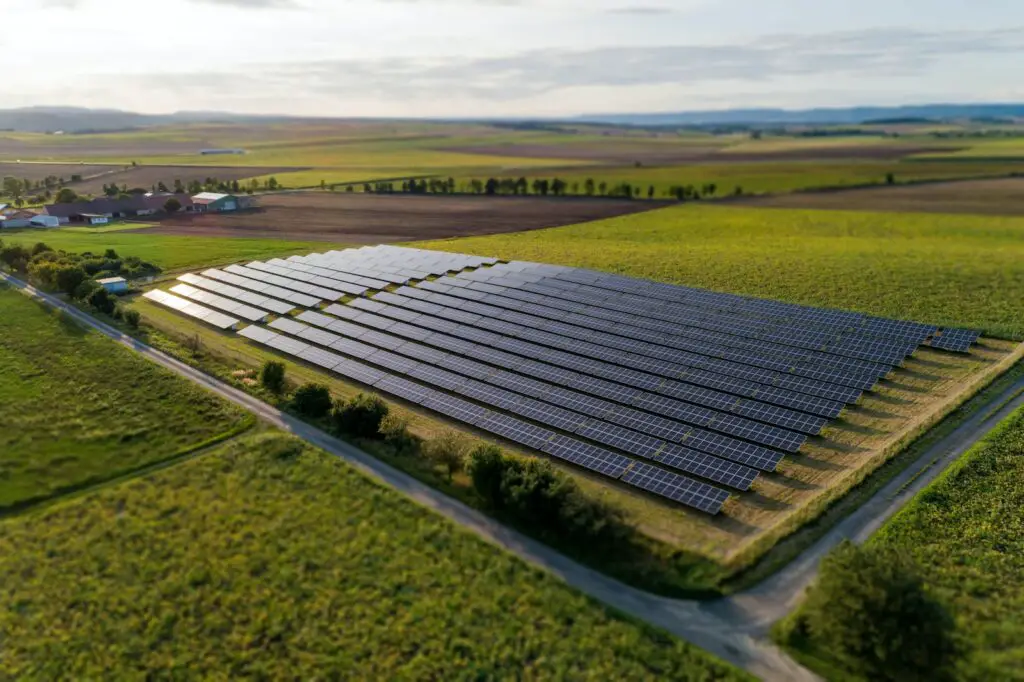Key takeaway:
Although solar flares are unlikely to cause direct damage to solar panels, they can cause geomagnetic disturbances that affect power grids and electronic systems, including inverters and batteries connected to solar power installations.
Implementing surge protection devices and system redundancy can help protect these components from disruptions.
Solar power has emerged as a vital, clean energy source in our quest for sustainable living, with solar panels being the key technology for harnessing the Sun’s energy.
As our reliance on solar power grows, it becomes increasingly important to understand the potential effects of various environmental factors on the performance and durability of solar panels.
One aspect that has captured attention is the potential impact of solar flares on these essential devices.
Solar flares are intense bursts of radiation emanating from the sun and can significantly affect Earth’s atmosphere and electronic systems.
These solar flares can greatly impact Earth’s atmosphere and electronic systems, resulting in substantial disruptions to both.
What Is Solar Flare and EMP?
Solar Flares are huge eruptions of energy from the sun’s surface and are considered to be the biggest explosions in our solar system.
Another form of an eruption from the sun’s surface is the Coronal Mass Ejection (CME), which is the release of the sun’s matter. An EMP is an electromagnetic pulse that is released when lightning strikes or during the detonation of a nuclear weapon.
Traces of electromagnetic waves are also present in solar flares. These massive energy releases can cause damage to GPS, Power Grids, Communications Systems, Solar Power Systems, Radios, and other electronic devices.
Would An EMP Damage Solar Panels?
Solar panels’ resilience and ability to withstand an electromagnetic pulse (EMP) are a valid concern for those who depend on solar power systems.
While the photovoltaic (PV) solar panels and battery banks might not be directly affected by an EMP due to their lack of complex internal circuitry, the vulnerability lies within the interconnected components of the solar power system.
An EMP could potentially damage wiring, as well as sensitive electronic components like inverters, charge controllers, and monitoring systems that are critical to the overall operation of the solar power system.
Thus, although solar panels and battery banks may endure an EMP event, the system’s overall functionality could be at risk due to the damage sustained by these interconnected components.
How Often Do Solar Flares Occur?
Solar flares are erratic occurrences with varying frequencies that depend on the Sun’s activity, typically following an 11-year cycle.
Their frequency is closely related to the periods of high and low solar activity governed by this cycle.
During the solar maximum, which is the period of heightened activity, numerous flares can transpire daily.
In contrast, the solar minimum represents a substantial decrease in solar activity, resulting in less frequent flares, with the possibility of days or even weeks passing without any significant events.
It is essential to acknowledge that the occurrence of solar flares can fluctuate considerably between the solar maximum and minimum periods, making them difficult to predict with certainty.
Can Solar Flares Impact The Solar Panels Efficiency?
Solar flares can indirectly influence solar panel efficiency, but this impact is typically minimal. Solar flares release energy across the electromagnetic spectrum, with the majority being emitted as X-rays and ultraviolet (UV) radiation.
Although solar panels mainly convert visible light into electricity, they can still harness a small amount of UV radiation.
The effect of solar flares on solar panel efficiency varies based on their intensity and duration.
A powerful solar flare might temporarily boost the amount of UV radiation reaching the Earth’s surface, potentially giving solar panels a brief increase in efficiency due to the elevated UV levels.








